Hi folks, in this post I’m going to discuss flow builder in Salesforce and also the difference between flow & flow builder.
Salesforce flow helps you to implement complex business solutions using points and clicks.
Basic types of Salesforce flows:
1. Screen Flow
2. Auto-launched Flow
Screen flows are shown as screens using the lightning page or utility bar, whereas auto-launched flows are flows that are activated automatically depending on parameters and logic.
There are two types of Layout in Flow: Freeform and Auto-layout.
Freeform – In this type of flow layout you can control the placement of all the elements and connectors on the canvas.
Auto-Layout – Here salesforce automatically aligns all the elements and connectors for the user.

Flow Builder: It is an interface/tool which is used to build individual flows.
Components of Flow Builder :
Button Bar: It is a horizontal bar above the flow canvas that consists of different buttons like Run, Debug, Activate, Save As, and Save.
Toolbox: It consists of different components which can be utilized while creating a flow. Toolbox is further categorized into elements and managers.
Learn more about Salesforce Flow Bootcamp
Elements are the actions that you are going to perform in the flow while the manager tab is used to create resources such as variables, stages, text templates and other resources to use in our flow.
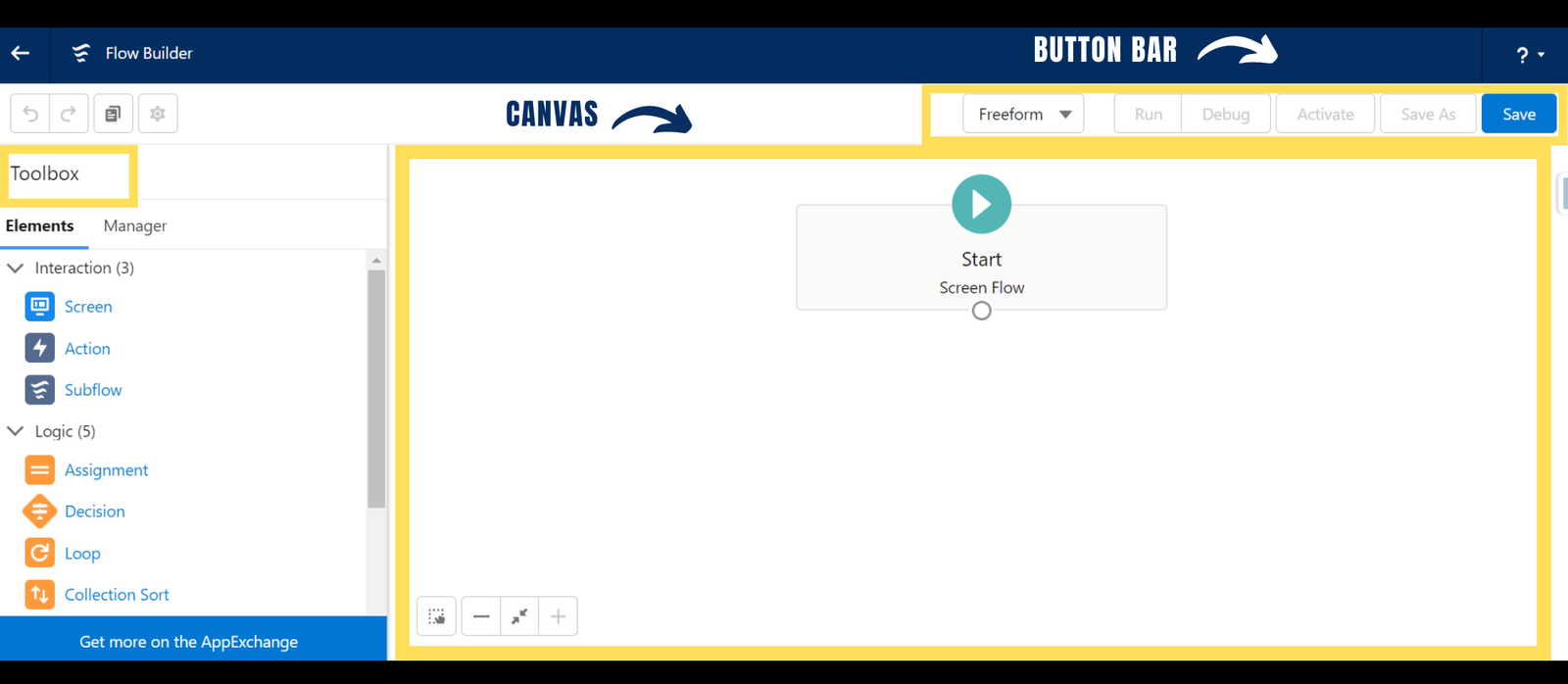
Canvas: It is a space where you can drag and drop elements from the toolbox and create a flow.
Steps for creating a Flow in Salesforce :
Step 1: Log in to your Salesforce org. Click on the “gear icon” and select setup.

Step 2: Enter “Flows” in the Quick Find box. Select flows from the below list.
Want to Learn Salesforce Flows? Checkout our Salesforce Flow Course
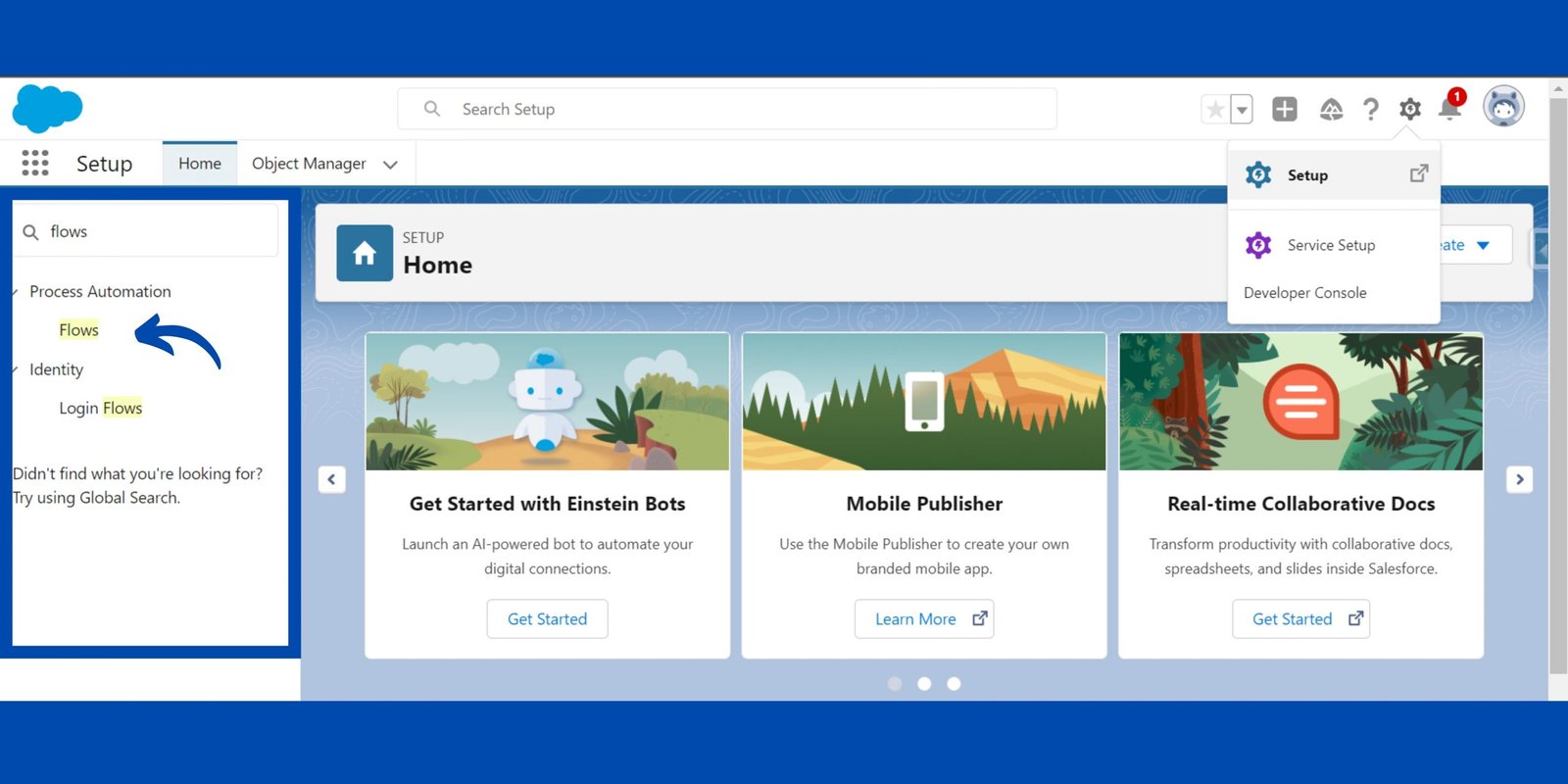
Step 3: To create a new flow, click on the “New Flow” button.
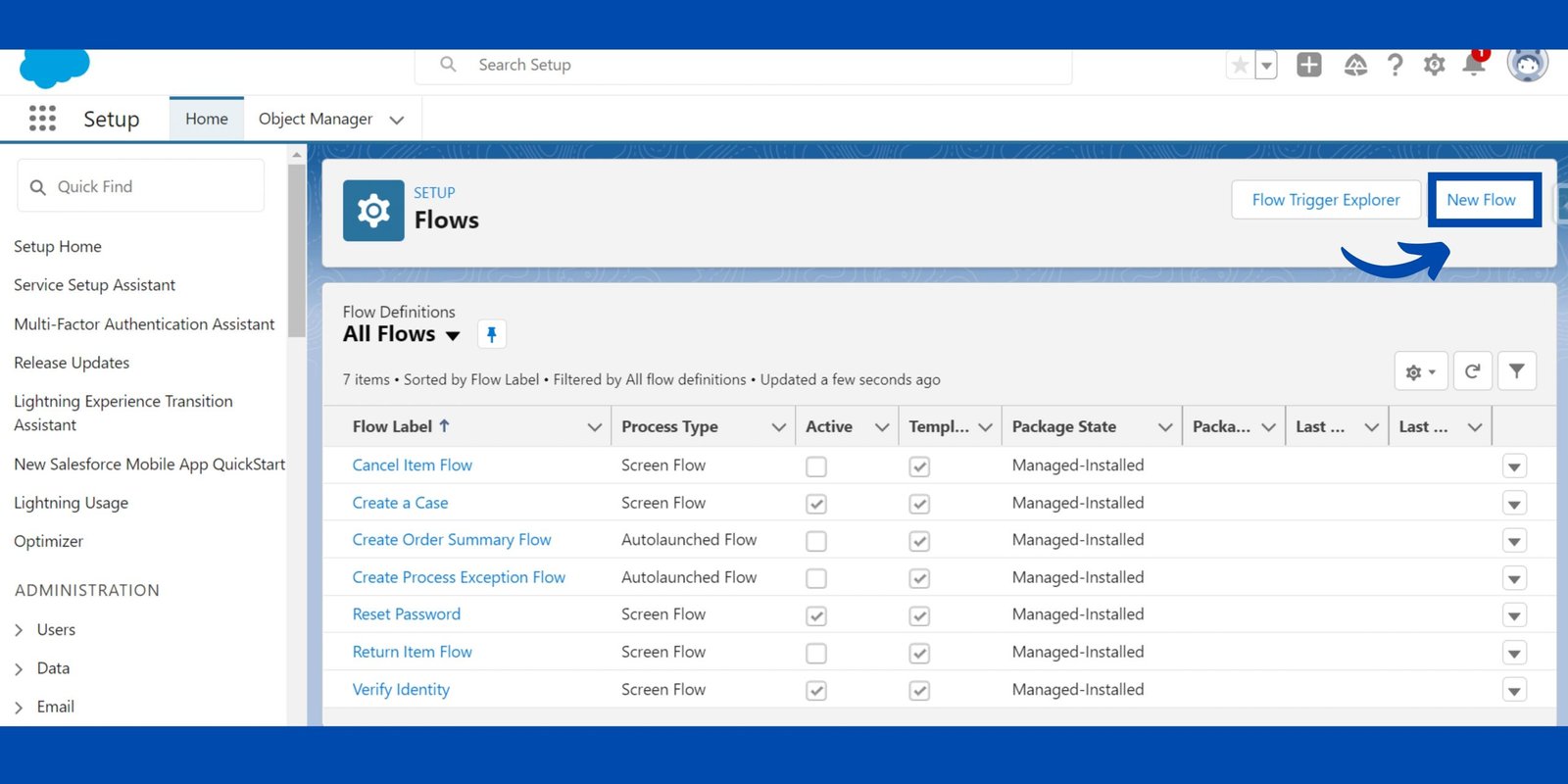
Step 4: Select the type of flow you want to create. Click on the “Create” button.

Step 5: Drag the elements on the canvas and build the flow logic.

Step 6: Merge all the flow elements with the help of connectors. Save the flow and activate it for executing the logic.
To learn more about the basics of flow and flow builder checkout the video


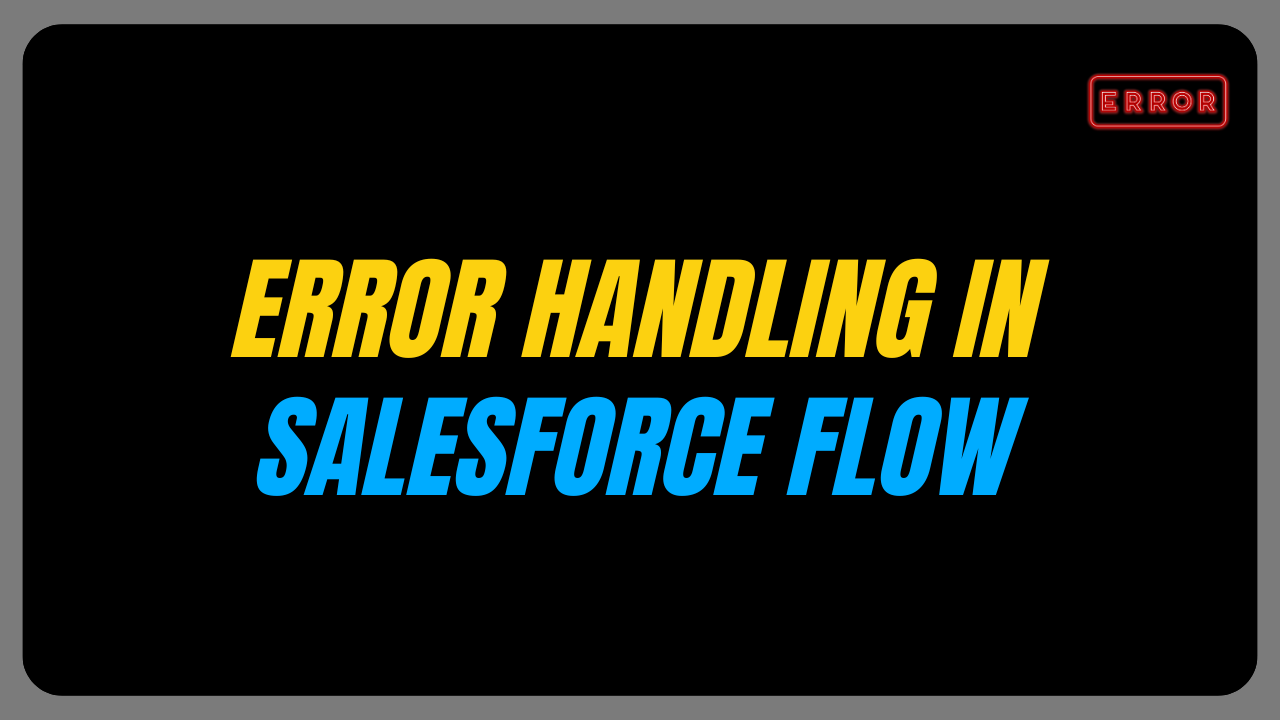
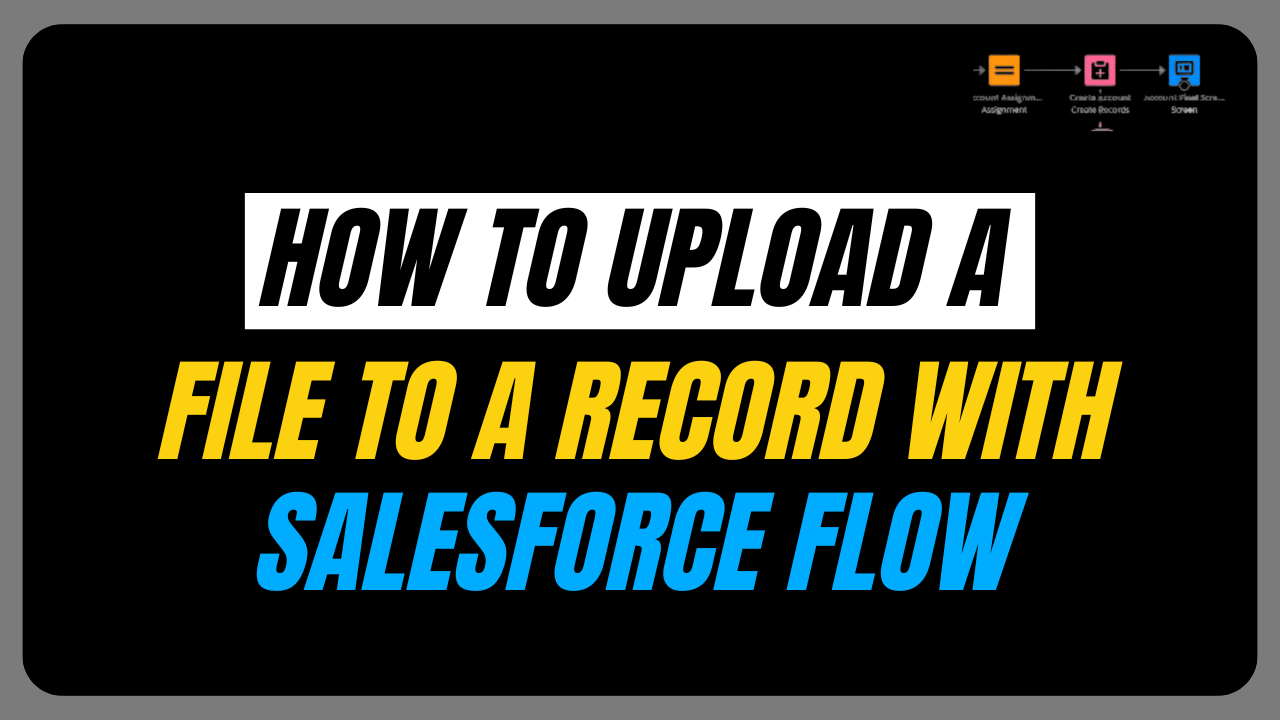
4 thoughts on “Salesforce Flows & Building Blocks of Flow Builder”